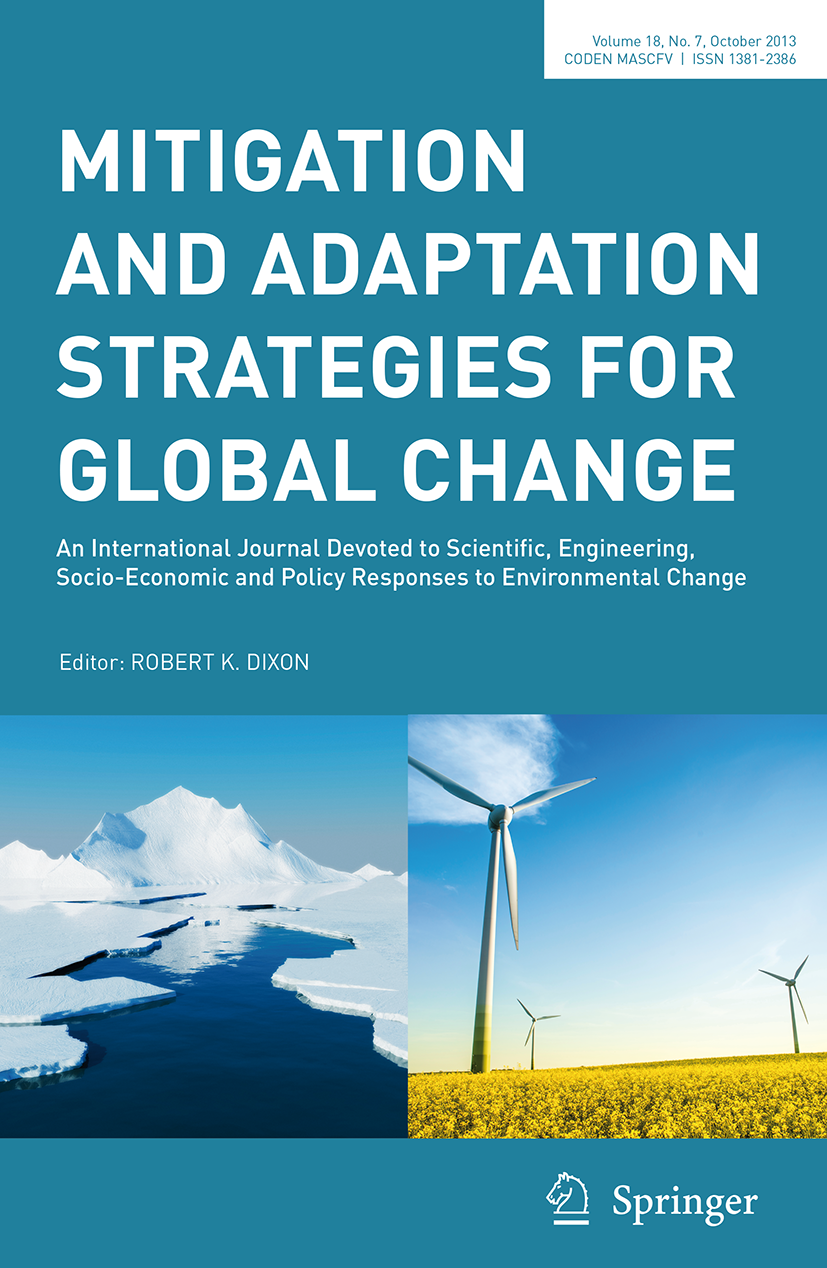📐Methodology
This paper uses quantitative and qualitative analysis along with an extensive study of literature, to study climate finance and investment flows in Sub-Saharan Africa. It relies on responses from 600 respondents through questionnaires, telephonic interviews as well as a detailed study of policy documents and regulations from various countries. It provides a « holistic overview » of climate funding on the continent, and looks at structural and institutional frameworks and barriers, as well as innovative strategies too improve finance flows.
🔎Key Takeaways
African countries have, as of 2023, received tens of billions of dollars in climate finance from various sources. The study identifies that the main obstacles in climate finance on the continent are « limited funding sources, bureaucracies in accessing funds, competing corporate and political interests, lack of human capital, sectoral planning, lack of technology and information, and a mismatch between available financing and specific regional needs« .
Among its recommendations to improve the situation:
- A shift to novel strategies that integrate innovative funding with sustainable approaches
- Encouraging public-private partnerships and notably, private investment, while also leveraging skills and knowledge from specialised institutions
- Increasing institutional and technical capacity
- Promoting climate insurance, carbon pricing, and technology transfers that can generate revenue with reduced implementation costs
- Involving local communities in decision-making
- Improving national monitoring and evaluation programmes


